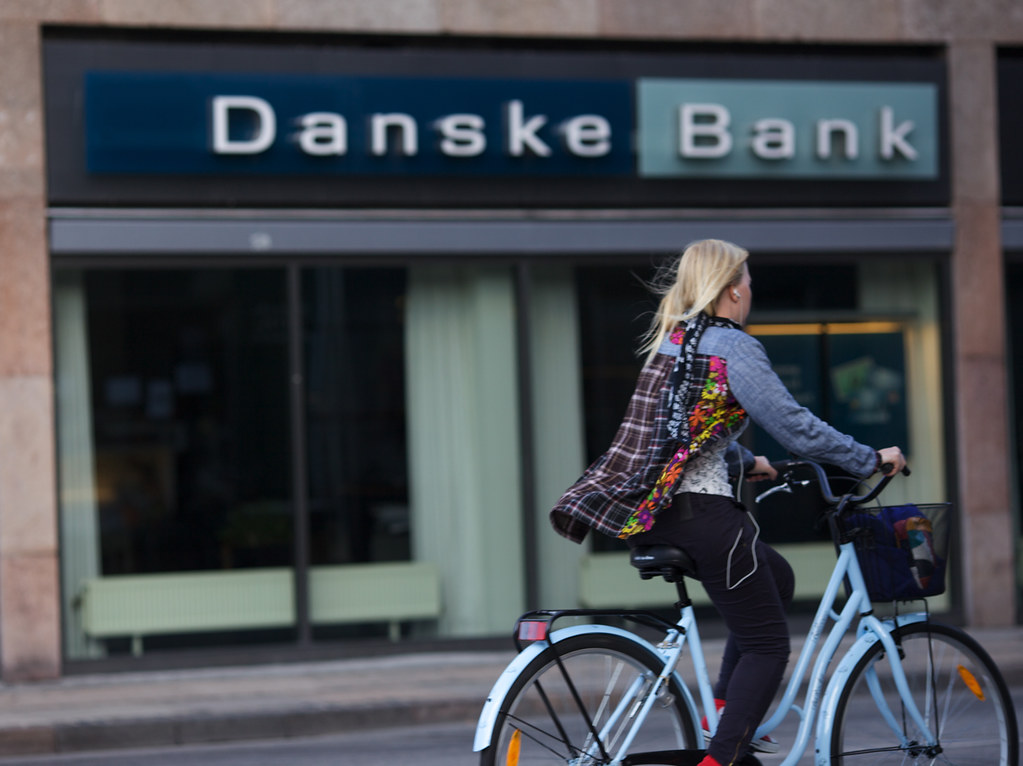Danske Bank, Denmark’s biggest lender, announced first-quarter profits that exceeded forecasts. This news, coupled with their assessment that the global trade war will only moderately impact Nordic markets, boosted the bank’s shares.
President Trump’s tariffs have created turbulence in financial markets. They have also sparked recession fears, leading major banks to predict impacts across various industries.
The Nordic region has shown resilience so far. Strong economic data supports this across the region, and Danske Bank’s first-quarter results reflect this strength.
The bank stated, “In the first quarter of 2025, we saw an increasingly promising outlook for growth and inflation and robust employment across the Nordic countries.”
Danske Bank believes the impact on Europe will be more moderate. They said, “While a potential risk of recession is highlighted in the U.S., a more moderate impact is expected on European growth, including in the Nordic countries.”
Danske’s net profit for January to March increased by 2% to 5.76 billion Danish crowns ($873 million). Analysts, in a bank-provided poll, had predicted 5.31 billion.
Danske Bank shares have risen 30% since early April. On Friday, they traded 3.6% higher at 0711 GMT, outperforming the STOXX Europe 600 index.
The bank anticipates a full-year net profit between 21 billion and 23 billion crowns. This is slightly lower than in 2024, mainly because of decreased net interest income from lower market rates.
Nordea, the region’s largest lender, also reported profits that beat expectations last month.
Danske Bank reported an impairment charge of 50 million crowns for the first three months of the year. Analysts had anticipated 195 million.
Net interest income decreased by 1% to 9.02 billion in the first quarter. However, it surpassed the analysts’ forecast of 8.86 billion.
Net fee income increased by 8% to 3.66 billion. Analysts had predicted 3.57 billion.
CEO Carsten Egeriis stated, “We delivered solid results in line with our expectations, driven by a steady development in core income and a stable cost level.” He also added, “In addition, credit quality remained strong, and this resulted in low loan impairments.”
Click here for more Banking news.


